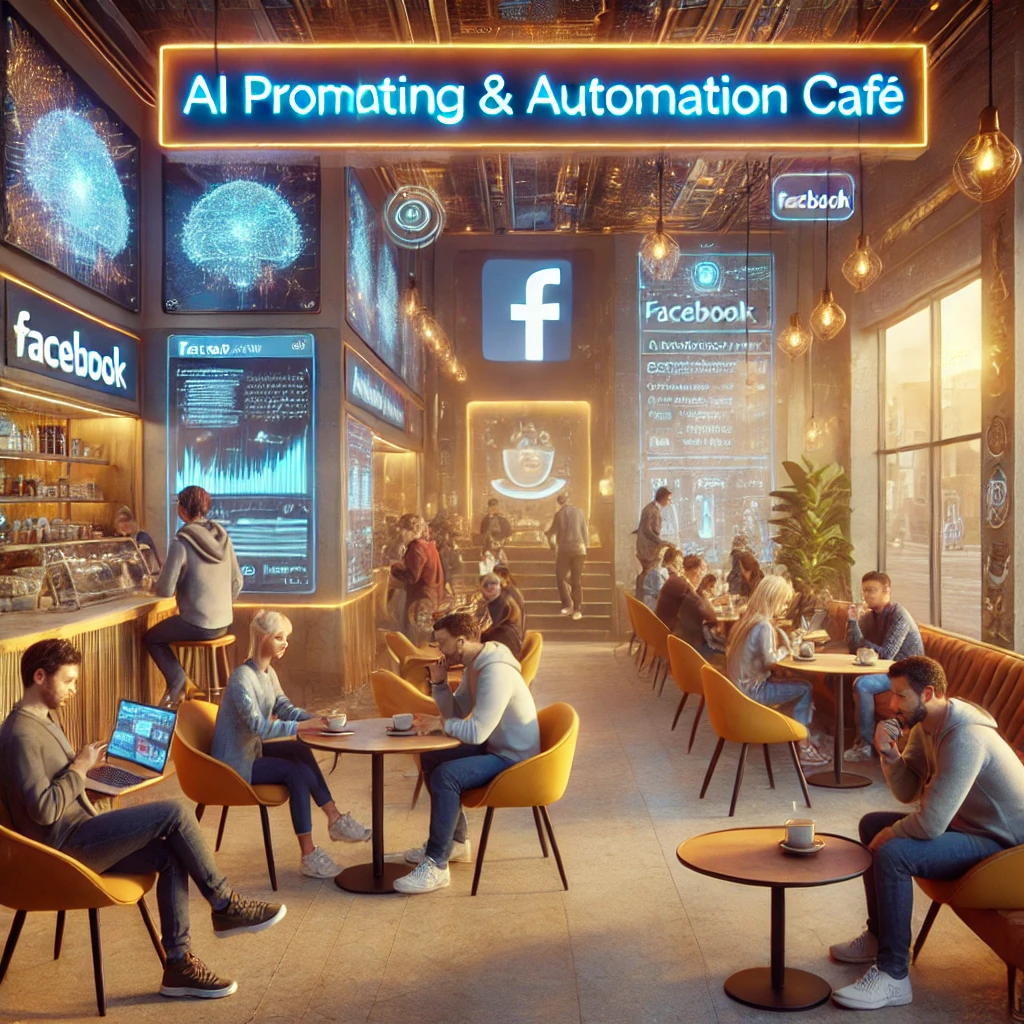Introduction: The Rapid Rise of the Robotics Market
The global robotics market is undergoing a transformation, with projections estimating a market value of USD 237 billion by 2033. Technological innovations, increasing automation across industries, and the growing demand for artificial intelligence-powered machines are propelling the robotics sector into a phase of unprecedented growth. From manufacturing and healthcare to agriculture and logistics, robotics is set to redefine workflows, improve production efficiencies, and revolutionize daily life.
This blog delves into the key trends shaping the future of robotics, major driving forces behind this growth, and what businesses and investors need to know to stay competitive in this rapidly expanding industry.
Understanding the Market Forecast
According to recent research, the robotics market is expected to increase from its current valuation to reach USD 237 billion by 2033, growing at a compound annual growth rate (CAGR) of around 11.6%. This surge is driven by a convergence of factors that reflect the growing reliance on automation technologies and intelligent machines.
Key Statistics:
- Current Market Size (2023): Valued at USD 77 billion
- Forecasted Market Size (2033): Estimated to hit USD 237 billion
- Projected CAGR (2023–2033): Approximately 11.6%
Key Trends Driving Growth in the Robotics Market
1. Integration of Artificial Intelligence (AI) and Machine Learning
One of the most powerful trends reshaping the robotics landscape is the integration of AI and machine learning capacities into robotic systems. These technologies enable robots to:
- Perform complex decision-making tasks
- Improve their performance through real-time data learning
- Operate autonomously in dynamic environments like retail stores and warehouses
AI-driven robots are increasingly being deployed across sectors such as healthcare for diagnostic assistance and patient care, as well as in manufacturing for predictive maintenance and quality assurance.
2. Adoption of Robotics in Healthcare
The COVID-19 pandemic accelerated the use of robotic technologies in the healthcare sector. From robotic surgical assistants to contactless delivery of medical supplies, robotics is aiding in providing safer, more precise, and more efficient health services.
- Robotic-assisted surgeries are reducing human error
- Automated machines are aiding in drug dispensing
- Sanitation robots are ensuring sterile environments in hospitals
This trend continues post-pandemic as aging populations and rising healthcare demand push for increased efficiency.
3. Accelerated Use in Logistics and Supply Chain
The surge in e-commerce and the need for faster, more reliable supply chains are pushing logistic companies to embrace robotic automation. Warehouse robots and automated guided vehicles (AGVs) are streamlining inventory management, picking, packing, and delivery systems.
Companies like Amazon and Walmart are leading the way, using automation to enhance efficiency and reduce delivery times.
4. Increased Industrial Automation
Manufacturing industries globally are embracing Industry 4.0 practices, leading to a substantial demand for industrial robots. Robotics is transforming manufacturing lines with:
- High-precision assembly
- Welding and painting tasks
- Automated inspection and quality control
This industrial shift is not limited to large corporations; small and medium-sized enterprises (SMEs) are also tapping into affordable collaborative robots, often referred to as “cobots”, that can work alongside human employees.
Market Segmentation Analysis
The robotics market can be segmented by type, mobility, component, end-user industry, and geography. Understanding these segments provides deeper insights into where growth is expected and which sectors are the most lucrative.
Segment by Type
- Industrial Robots: Primarily used in manufacturing, automotive, and metal industries
- Service Robots: Widely adopted in healthcare, hospitality, and residential applications
- Collaborative Robots (Cobots): Designed to work safely alongside humans with no safety cages
Segment by Component
- Hardware: Includes sensors, actuators, control systems, and body frames
- Software: AI modules, machine learning algorithms, and robotic operating systems (ROS)
- Services: Installation, maintenance, training, and support
Segment by End-Use Industry
- Manufacturing
- Healthcare
- Logistics and Transportation
- Agriculture
- Defense and Security
Regional Insights: Where Growth Is Happening
Asia-Pacific Leading the Charge
The Asia-Pacific region, particularly countries like China, Japan, and South Korea, continues to dominate the robotics market. This is primarily due to high industrialization levels, vast manufacturing operations, and strong government support via smart manufacturing policies and R&D funding.
North America and Europe Close Behind
Both North America and Europe are rapidly adopting robotics in the sectors of healthcare, defense, and smart cities. The United States remains a key innovator in collaborative robots and AI integration, bolstered by a robust tech ecosystem.
Emerging Markets
Latin America, Middle East, and Africa are gradually entering the robotics space, fueled by investment in infrastructure and a steady move toward digital transformation. These regions are expected to show significant growth potential in the second half of the forecast period.
Challenges Facing the Robotics Industry
While the robotics market is on a positive trajectory, several challenges must be addressed to sustain growth.
High Cost of Implementation
Investing in robotics infrastructure can be capital-intensive. Many small businesses find it difficult to overcome the high costs associated with:
- Initial robot acquisition
- System integration with existing workflows
- Employee training and change management
Skilled Workforce Shortage
There’s an acute shortage of professionals trained in robotics, AI, and automation. Upskilling and reskilling programs need to be scaled up to meet industry requirements and avoid bottlenecks in adoption.
Cybersecurity Concerns
As robots become connected to networks through IoT (Internet of Things) and cloud services, they also become susceptible to cyber threats. Securing these endpoints is crucial to prevent hacks, data breaches, and operational disruptions.
Future Outlook: What’s Next for Robotics?
The robotics market outlook is extremely promising. Innovations in AI, materials science, and mobility will likely yield more advanced, efficient, and affordable robots. Some anticipated developments include:
- Swarm robotics for collective task execution
- Humanoid robots in customer service roles
- Autonomous robots in agriculture and construction
- Increased use of drones for inspection, delivery, and surveillance
Moreover, the integration of 5G connectivity will enhance the real-time capabilities of robots, especially in high-demand environments like hospitals and disaster zones.
Conclusion
The projection that the robotics market will reach USD 237 billion by 2033 reflects the growing confidence and investment in intelligent automation. As businesses across various sectors continue to adopt robotic technologies, the market will see accelerated innovation and widespread deployment.
For businesses, understanding the trends, challenges, and opportunities in the robotics market is no longer optional—it’s essential. Adapting to robotic technologies today ensures competitiveness and operational superiority tomorrow.
The future of robotics isn’t science fiction—it’s already becoming our reality.






